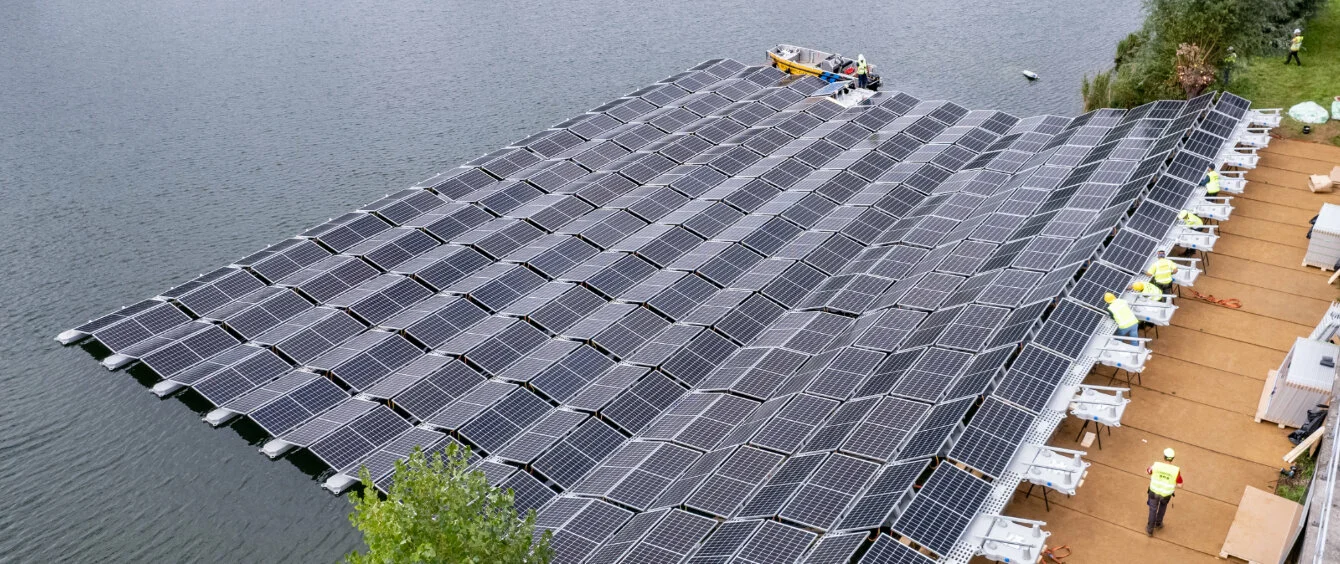From residential to utility-scale installations, the solar market is booming in Europe. A huge 25.9 GW of new solar capacity was installed in 2021, up 34% on the 19.3 GW installed in 2020, marking an all-time high, according to the latest market forecast from industry association SolarPower Europe.
When it comes to sheer volume, Germany once again came out on top with 5.3 GW installed in 2021, followed by Spain with 3.8 GW, the Netherlands 3.3 GW, Poland 3.2 GW and France 2.5 GW.
But measured on a per capita basis, it is the Netherlands that has emerged as Europe’s solar powerhouse, with more capacity installed per person than any other country at 765 watts/person, ahead of Germany (715 watts/person) and Belgium (596 watts/person).
In absolute terms, the EU’s solar fleet now amounts to 164.9 GW, up 19% from 2020, and there is no end in sight to the technology’s potential. Last year, 25 out of the EU’s 27 member states installed more solar power than the year before.
Solar attractions
Solar photovoltaics has been described by the International Energy Agency (IEA) as providing some of the cheapest power in history. Its low cost for utility-scale projects was further confirmed by Lazard Bank’s annual cost of energy report published in October.
Moreover, it is unquestionably the most accessible renewable energy technology, allowing consumers to take control of their own energy production.
Rapid, accelerated growth in solar power is also critical to the achievement of the IEA’s and other organisation’s net zero carbon pathways. In the IEA’s Net Zero by 2050 outlook, solar power supplies more energy than any other technology, followed by wind.
Growth forecasts
SolarPower estimates, in its central scenario, that despite increases in module prices as a result of Covid-19 supply chain issues and higher raw material prices, 2022 will also be a record year with the EU surpassing a level of 30 GW in new annual installations.
It forecasts double digit growth across the EU in the next three years, boosted by the German government’s recent doubling of its solar target to 200 GW by 2030. This should see annual installation rates across the bloc come very close to 50 GW by 2025.
However, even at these accelerated rates, slow permitting and increased grid connection demands mean the EU is not yet on track to hit the 870 GW needed by 2030 to enable the most cost-efficient trajectory towards climate neutrality, SolarPower says.
In its ‘weather forecast’ of solar support measures, the outlook is sunny in almost all EU national markets, but more could still be done to keep solar power on track to become a central, low-cost pillar in the EU’s net zero carbon ambitions. The “crucial foundation” for this, SolarEurope argues, is an EU renewables target of at least 45% for 2030.
